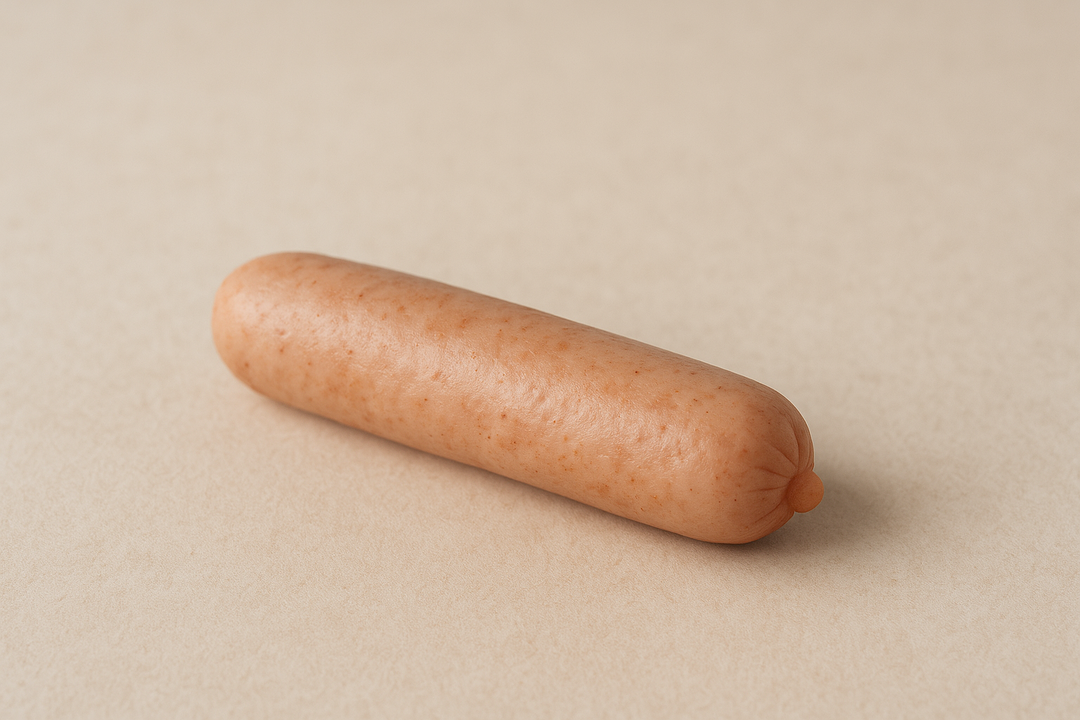The perception of having a small penis often stems from psychological and cultural influences rather than actual size. With societal norms and media portrayals setting unrealistic benchmarks, many men feel inadequate despite being within the average range of 5.1 to 5.5 inches. Understanding these factors can promote a healthier self-image and alleviate concerns.
Many men grapple with the concern that their penis size is smaller than average, a perception that can significantly affect self-esteem and body image. This anxiety often stems from a complex mix of psychological and cultural influences, rather than an actual anatomical deficiency. Understanding the distinction between perception and reality is crucial in addressing these concerns effectively.
The Influence of Cultural and Media Representations
Societal norms and media portrayals play a significant role in shaping perceptions of what is considered a “normal” penis size. Popular culture often exaggerates size expectations, leading many men to feel inadequate. These skewed representations create unrealistic benchmarks, causing unnecessary worry about being “too small.” This cultural backdrop can amplify personal insecurities, making it difficult for individuals to accept their natural anatomy.
Psychological Perception and Penile Dysmorphophobia
Psychological factors also contribute to the perception of having a small penis. A condition known as penile dysmorphophobia involves an anxiety or distorted perception of one’s size, even when it falls within the average range. This condition highlights the gap between perceived and actual size, raising the question: Is the concern about size based on reality or merely a psychological construct?
Setting the Stage with Statistics
To provide context, it’s helpful to look at the statistics surrounding average penis size. Research indicates that the average erect penis length is approximately 5.1 to 5.5 inches (13–15 cm). These figures suggest that most men fall within this range, and the prevalence of medical conditions like micropenis, defined as an erect length of less than 3.67 inches (9.3 cm), is extremely rare. This data underscores that the majority of concerns are more about perception than physiological reality.
In conclusion, the perception of a small penis is often more about psychological and cultural influences than actual size. By understanding the average statistics and the role of societal expectations, men can begin to address their concerns with a more informed perspective. This foundation sets the stage for a deeper exploration into the biological and psychological factors that contribute to these perceptions, which will be discussed in the following sections.
The perception of penis size is a multifaceted issue, influenced by a blend of biological, psychological, and cultural factors. Understanding the average size and the variations that exist can help alleviate concerns and promote a healthier self-image.
Exploring the Average Penis Size and Biological Variations
Scientific research provides a clear picture of what constitutes average penis size. According to studies from reputable sources such as Medical News Today and WebMD, the average erect penis length ranges from 5.1 to 5.5 inches (13–15 cm). It’s important to note that flaccid length varies significantly and is not a reliable indicator of erect size. This variation can be attributed to several biological factors, including genetics and hormonal exposure during critical development periods such as fetal growth and puberty. These factors ensure that penis size, much like other physical traits, varies widely among individuals.
The Impact of Psychological Perception and Cultural Influence
While biological factors play a role, cultural myths and media portrayals significantly shape perceptions of penis size. Many men develop unrealistic expectations based on exaggerated representations in movies, pornography, and popular culture. This cultural backdrop can lead to distorted self-perception and anxiety, even when an individual’s size falls within the normal range. The condition known as penile dysmorphophobia is a prime example, where men experience anxiety over their size despite being within average measurements. This condition highlights the powerful influence of perception over reality, affecting self-esteem and body image.
Insights from Scientific Studies and Trends
Recent studies suggest a minor increase in average penis size over time, possibly due to environmental or methodological factors. However, it’s crucial to understand that there is no significant correlation between flaccid and erect size. Research indicates that flaccid measurements are poor predictors of erect length, with some men experiencing more elongation during erection. These insights provide reassurance to those concerned about flaccid measurements, emphasizing that size varies naturally and does not necessarily reflect sexual capability or satisfaction.
Ultimately, the perception of having a “small” penis is often more about psychological and cultural influences than actual anatomical size. By focusing on factual data and understanding the role of societal expectations, men can begin to address their concerns with a more informed perspective. It is essential to recognize that confidence and sexual function are not solely determined by size but by a combination of factors including emotional connection and technique.
In the subsequent sections, we will delve into addressing common myths about penis size and explore non-invasive solutions for those seeking enhancement. By providing evidence-based reassurance and practical advice, we aim to empower individuals to embrace their natural anatomy with confidence and self-assurance.
Understanding the concerns surrounding penis size requires a clear differentiation between myths and facts. Many misconceptions about what is considered “normal” can exacerbate anxiety and impact self-esteem. Here, we aim to dispel common myths and provide evidence-based reassurance.
Myths vs. Facts: Clearing Up Misconceptions
| Myth |
Fact |
| Bigger is always better. |
Sexual satisfaction is influenced by emotional connection, technique, and communication, not just size. |
| Flaccid size determines erect size. |
There is no significant correlation between flaccid and erect size; flaccid measurements are poor predictors of erect length. |
| Average size is much larger than 5 inches. |
The average erect penis size is approximately 5.1 to 5.5 inches (13–15 cm). |
| Penis size can be significantly increased with pills. |
There is no scientific evidence supporting the effectiveness of pills for increasing penis size. |
Non-Invasive Solutions and Reassurance
For those seeking enhancement or reassurance, non-invasive options are available. Devices like clinically registered extenders can offer modest improvements in size over time with consistent use. However, it’s crucial to maintain realistic expectations and prioritize safety. Remember, confidence and satisfaction in sexual relationships are more closely linked to mutual understanding and emotional intimacy than to size alone.
Frequently Asked Questions
What is considered a “small” penis?
The medical definition of a micropenis is an erect length of less than about 3.67 inches (9.3 cm), which is extremely rare. Most men who perceive themselves as “small” actually fall within the normal range.
How can I accurately measure my penis?
To measure penis length accurately, use a ruler or measuring tape. Measure from the base at the pubic bone to the tip of the glans. For erect measurements, ensure full erection and measure along the top side. Flaccid measurements can vary and are less reliable.
Can I change my penis size?
While there are surgical and non-surgical options, it’s important to approach these with caution. Non-invasive methods like extenders can offer gradual changes, but significant size increase claims should be viewed skeptically. Always consult with a healthcare professional before pursuing any enhancement methods.
Does size really matter for sexual satisfaction?
Research shows that factors such as emotional connection, communication, and technique are more important for sexual satisfaction than size alone. Each partner’s preferences and comfort levels play a crucial role in a fulfilling sexual experience.
How can I improve my body image and confidence?
Improving body image involves focusing on self-acceptance and positive self-talk. Engaging in activities that boost self-esteem, such as exercise or hobbies, can also help. Consider speaking with a therapist if anxiety about size affects your well-being or relationships.
In conclusion, understanding the realities of penis size and addressing the psychological and cultural influences can help alleviate concerns. By focusing on evidence-based information and embracing one’s natural anatomy, individuals can foster a healthier self-image and confidence.




